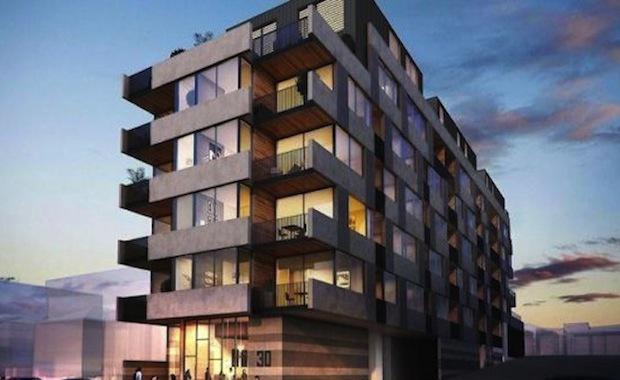Are Chinese Investors Driving Housing Prices Up?

Offshore investment is a trend that has risen to prominence in the Australian property market recently and there are concerns the practice could be driving up prices.
Investors in Asia have been aggressively purchasing Australian properties in order to diversify their portfolios while the Reserve Bank of Australia warns that bubbly property markets may be hit with a price correction.
Local perceptions are that foreign investment has driven up prices over the past six months. The Australian Property Institute Property Directions survey for October found that 96 per cent of Sydney respondents felt that foreign investment was a significant driver, which is an increase from 88 per cent in May.
Chinese investors are now the biggest buyers of Queensland real estate, spending a record $462 million in the last year. This expenditure is double that of Chinese investors from 2012-13.
The increase in Asian investment was recorded in the ‘Queensland’s Foreign Ownership of Land Register Act’s’ annual report for 2014. To date, Queensland is the only state in Australia that keeps a record of foreign purchasers of property.
In the meantime, the federal government’s parliamentary standing committee on economics is currently looking at whether foreign investment in Australia is driving property prices up.
This comes as auction clearance rates in Sydney and Melbourne hit a two-month low this past weekend. Clearance rates in Sydney were at 79 per cent, while in Melbourne they were at about 74 per cent.

Some real estate experts have suggested that low clearance rates and falling lending volumes could be early signs of activity in the market cooling.
“We could be seeing the beginning of a wide-spread trend. I would not be surprised,” Andrew Wilson, head of research for Domain Group, told the
Tony Crabb, head of research for Savills Australia, said the current round of investment from China is simply an initial foray that is enabling buyers to familiarise themselves with the local market.
“The developers are a kind of vanguard of overseas investment. They come here and build 500 apartments and it’s a bit of a walk in the park,” Mr Crabb said.
Paul Craig, managing director of international investments at
Savills who recently returned from a trip to China said that Australian property is highly alluring to these wary institutional investors because of the country’s negligible level of sovereign risk as a developed economy.
Australia’s mature regulatory system provides high levels of transparency, sound information on prospective investments and a comparatively straightforward tax regime. The country’s low cost of borrowing and faltering exchange rates adds to the appeal for offshore investors.
Yet another factor that could contribute to an increase in Chinese investment in Australia is the increase in stamp duties enacted by Hong Kong and Singapore, intended to slow the Chinese wave of investment.

Some property observers believe that the current market is not an evolution, but rather a revolution that is here to stay. Sam Nathan, a former analyst at Charter Keck Cramer, says Australia’s property market is operating in an international context now.
Mr Nathan observes that Sydney and Melbourne are on par with other global cities where apartment markets are driven by geopolitical influences as international developers diversify from their country and market of origin.
In the coming years, Australia will see an increasing number of new developments in major cities, particularly in Sydney and Melbourne. Sino Ocean Land’s first development foray outside of China will be the 63-level Eq Tower in Melbourne.
Meanwhile, Sydney will see its tallest residential building built, with Shanghai-based Greenland Holding Group slated to construct a $600 $million tower on the former Sydney Water Board site.













